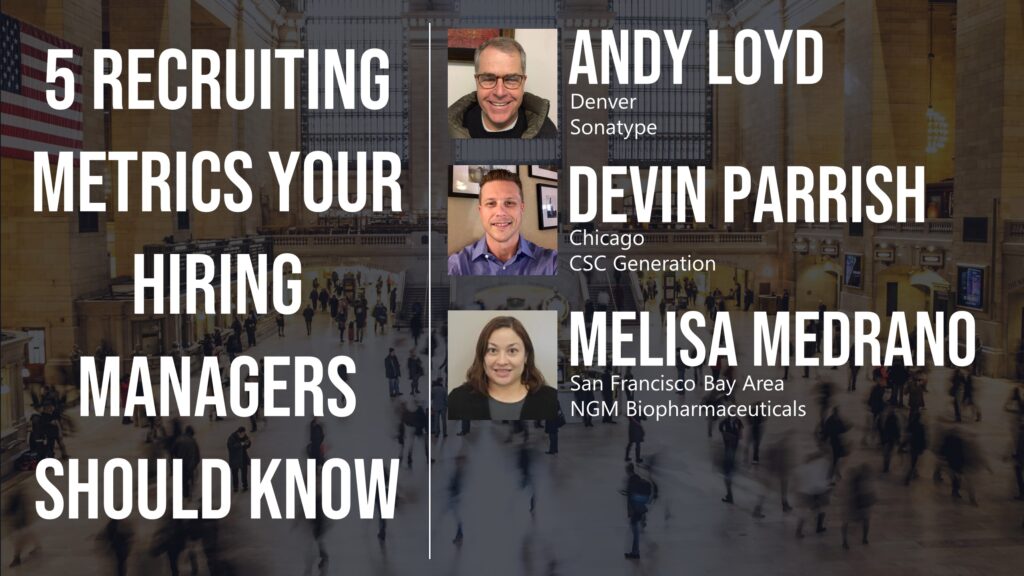How To Implement A Data Driven Recruiting Program
We all know that a company’s ATS leaves many things to be desired when it comes to getting at all that data that is sitting in it. That can become frustrating when only one applicant’s information, the hire, from each job requisition will get used on a go forward basis.
In other words, you only stay in touch with the applicant that got the job.
So what happens to all those other applicants? Many of them you probably have no interest in, but there are also many that you want to stay engaged with going forward and on an ongoing basis… but how do you do that.
That is where applied recruiting ATS analytics combined with a candidate CRM comes into play. You will want to “refine” your ATS data as it goes into the your CRM so that it becomes usable, and more importantly, actionable.
The ATS model is flat when it comes to storing data and is not suitable for sourcing and research efforts. But once moved into the CRM, the data model is now “relational” and can be used by your sourcing team for research, targeting, and engagement.
With the relational model, comes actionable reporting metrics, pipeline building and engagement analytics along with ability to manage candidate relationships on a long-term and ongoing basis.
Metric reporting includes such things as:
By job requisition, by recruiter, or by hiring manager you can get…
- Time to Slate
- Time to Submit
- Time to Interview
- Total Applicants to Submission, Interview, Offer and Hire
Get “granular” and look at…
- Recruiter score carding
- Hiring Manager score carding
- Source to Interview score carding
- Source to Hire score carding
Know your talent market space by tracking by…
- Industry
- Job Families/Job Function
- Candidates who decline initial interest
- Candidates who decline the offer
- Declines by Competitor
In the future, when you have a new job requisition or perhaps there is an industry event/conference… engage with those candidates with direct “inbox to inbox” email marketing.
The call to action in those emails can vary according to your immediate needs. This type of managed email marketing allows you to get engagement metrics with your pipeline.
Open rates, click through rates and apply through rates are just some examples of metrics that can be gained around your candidate engagement. It is the engagement metrics that will actually tell you the health of your pipelines.
Having a large talent pipeline is useless unless they engage back with you…or even open your emails.



